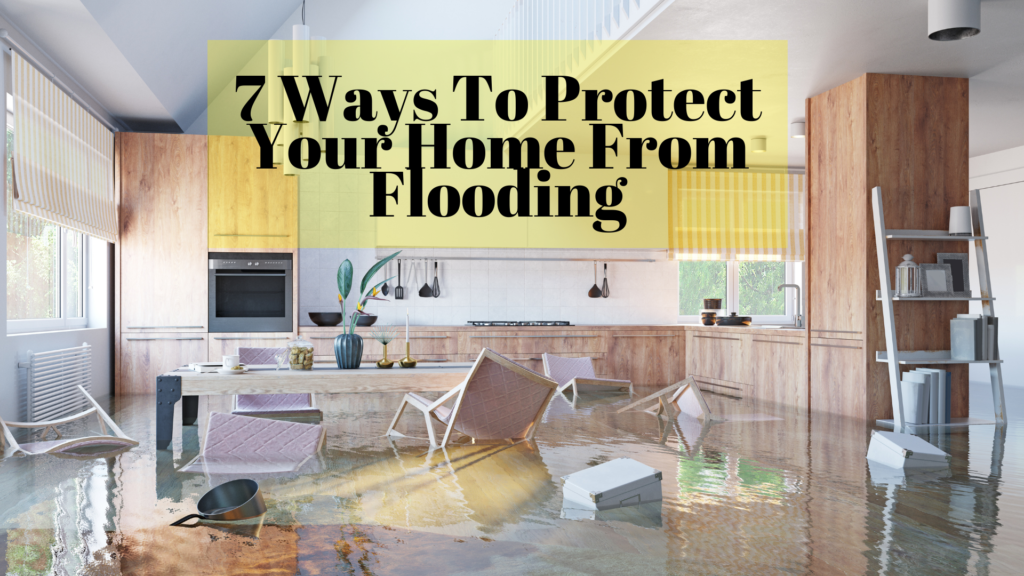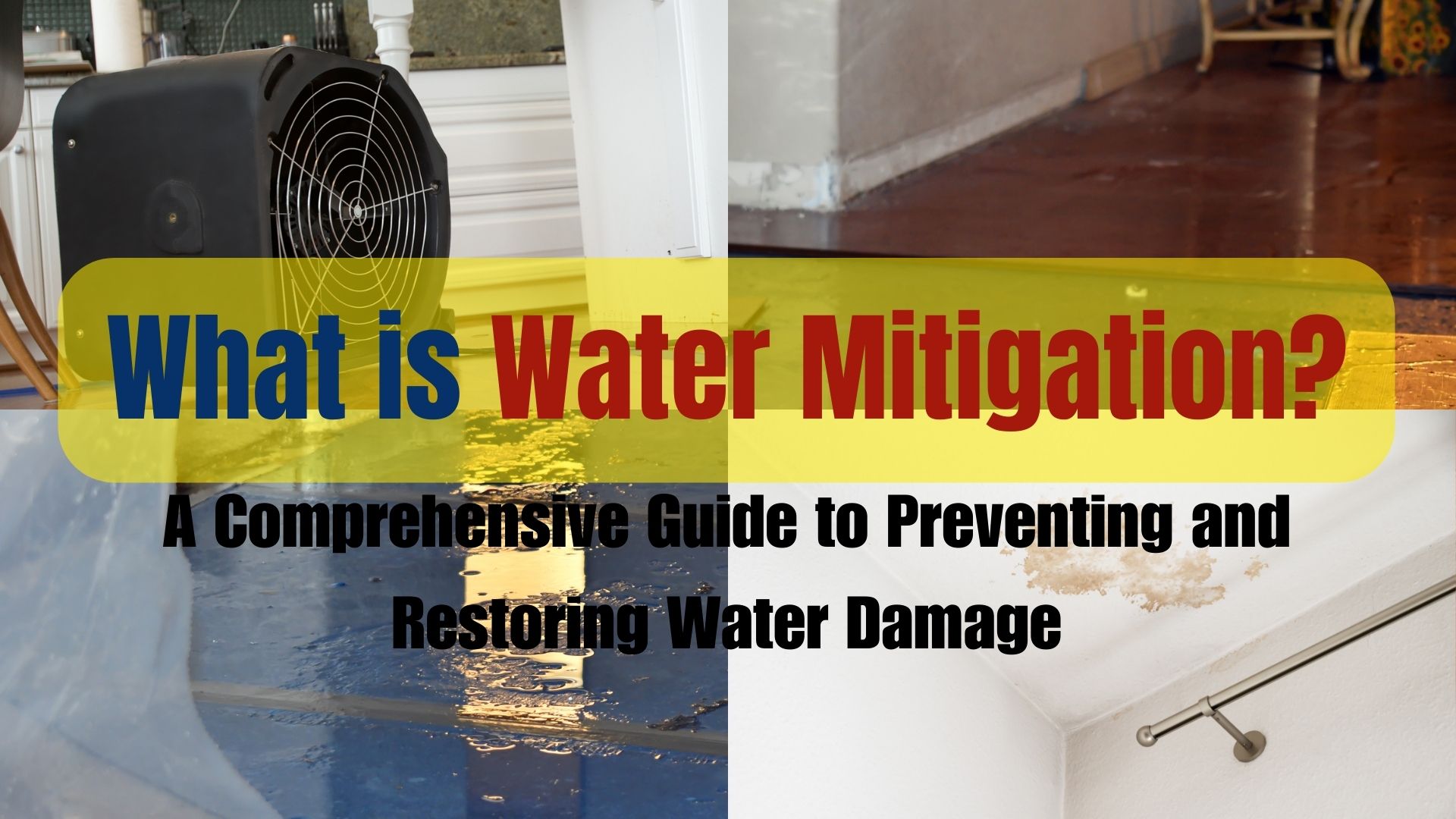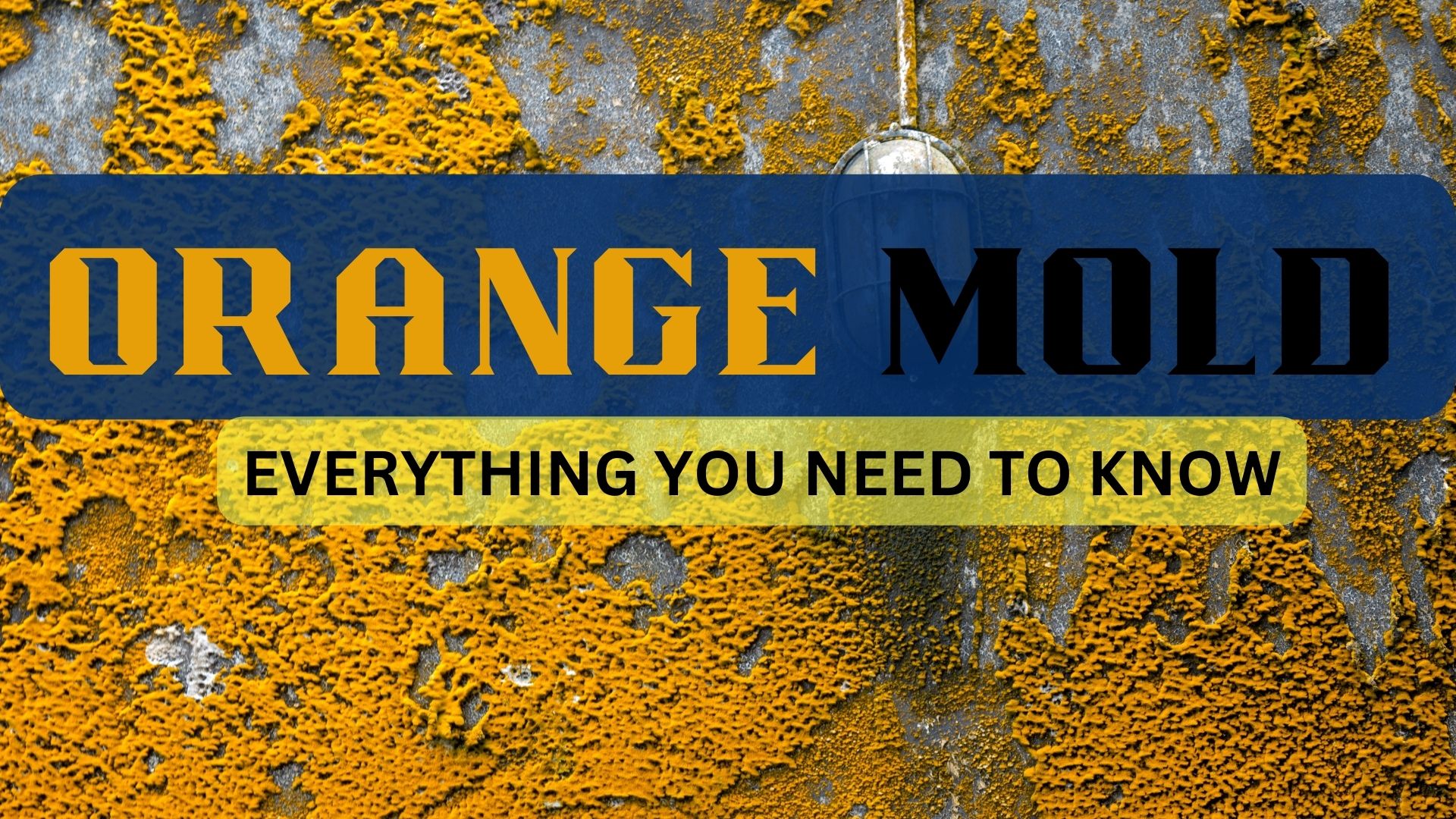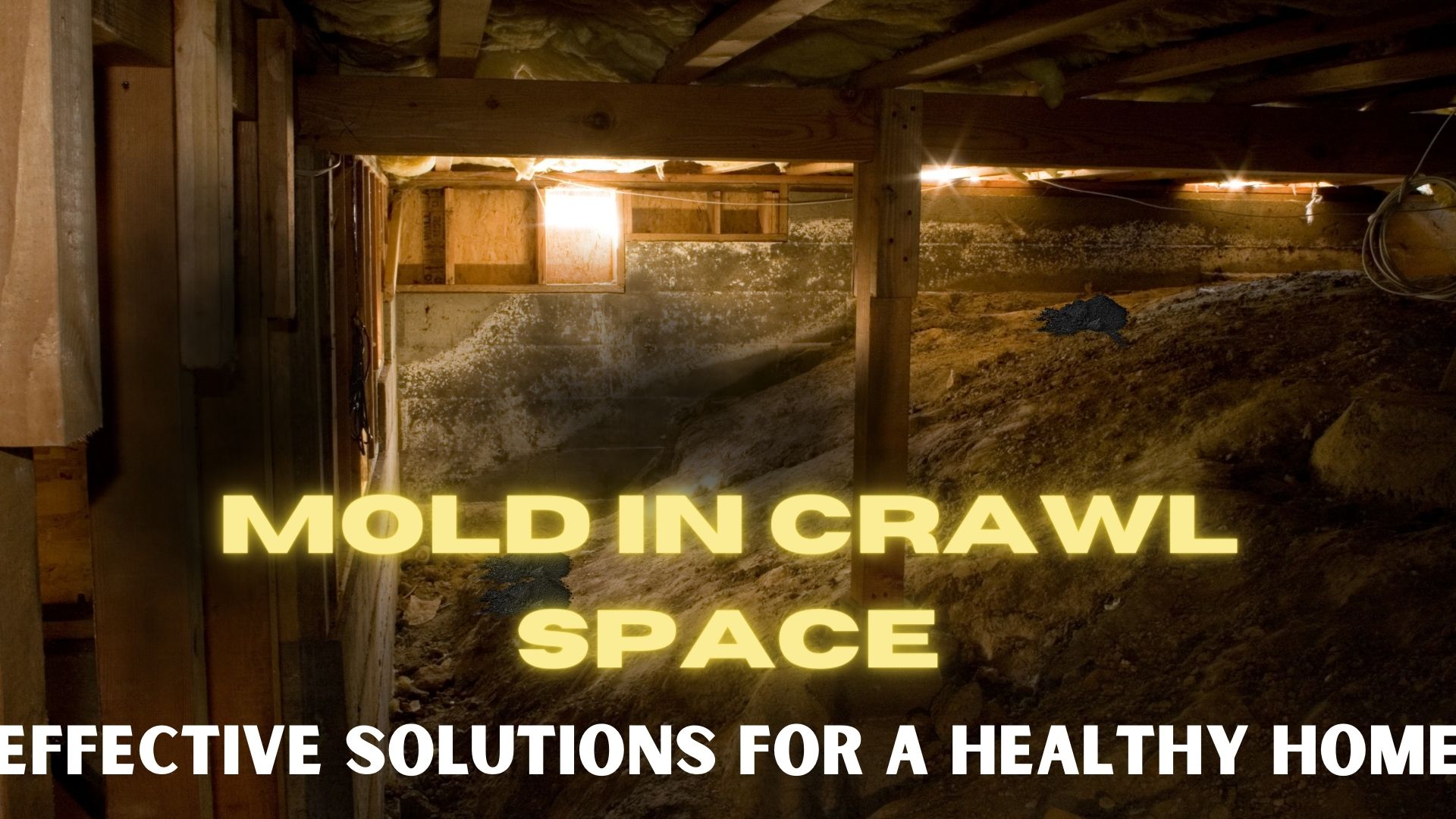Protect Your Home From Flooding
According to the National Oceanic and Atmospheric Administration, flooding is the most common and one of the most expensive natural disasters in the U.S. In fact, recent statistics show that if you live in a high-risk area, you may have a 1 in 4 chance of flooding in a span of 30 years. A flood can be very destructive, pose a danger to humans, and destroy properties. Those living in high-risk areas are well aware of their capacity to cause destruction. But, this disaster can also occur in low-risk areas, which means any home can be vulnerable to flooding. Thus, it is imperative to protect your home from flooding.
Even an inch of water can cause considerable damage to your home. Thus, aside from insurance, it is crucial to take a few precautionary measures to minimize your chance of dealing with flood-damaged property. Follow these steps to protect your home from flooding.
What Is A Flood?
A flood is an overflow of water that submerges dry land. This natural disaster may occur in several ways, like rains, snow, storm surges, coastal storms, dams overflows, and others. In some instances, floods can develop quickly. But, it can also occur over a long period, weeks, or even months. Flash floods, the most dangerous kind of floods can come with no warning and can cause significant damage to properties. Whenever a flood occurs, there is a possibility of casualties, damage to roads, challenges to people, and extensive property damage.
Ways To Protect Your Home From Flooding
1. Secure Your Home’s Electrical System
All electrical equipment in homes such as switches, sockets, circuit breakers, and even your furnace and water heater should be placed at least 1 foot above flood level. This helps reduce the risk of electrical damage in your home.
2. Retrofit Your Home
If flooding frequently occurs in your home and moving is not possible, take extreme measures to prevent flood damage to your property. Here are some ways you can retrofit your home.
- Apply coatings and sealant on your walls, foundation, doors, and windows to prevent water from seeping into your home.
- If you see any cracks on your foundation, make sure to seal them up. Cracks or gaps on the foundation can allow water to penetrate your home. You may use mortar or masonry caulk to fill in the gaps and cracks. But if the problem persists, you may need to look for a permanent solution.
- Consider installing foundation vents. Foundations vents help prevent water from rising inside and causing more damage to your home’s structure. This allows floodwater to flow through your home.
3. Install Battery-Powered Sump Pumps
Sump pumps are great tools when it comes to protecting the lower part of your home, usually your basement, from flooding. It is designed to pump out any excess water that has the potential to cause significant flooding. But, to ensure that it works well in a call to action, install a battery-operated sump pump. It can work well even during a power outage.
4. Grade The Lawn Away From Your Home
If water accumulates around the foundation during an average rainstorm, it means that the lawn is tilted to your home. When water accumulated around your home, it will eventually seep inside and cause significant damage to your property. Make sure that the ground is graded away from your home. A good rule of thumb is to grade the ground around your foundation in all directions for at least 2-3 inches every 10 feet.
5. Move Valuables To A Higher Level
Just like your home, you would also want to protect its contents from floodwater. Move belongings such as electrical equipment, furniture, photographs, and artwork to a higher level. If you have a multiple-story home, consider shifting them to a higher floor.
Consider also storing essential documents in a waterproof container and be sure to create digital copies with password protection of these documents.
6. Install Check Valves
Check valves allow waste to flow only in one way and protect your home from sewage backup.
Because of an excessive inflow of water during severe weather, sewer systems can become damaged. When the water continues to rise, it can lead to sewage backup and create significant damage to properties. Thus, it is necessary to install check valves in the drain line.
Lastly, it is best to install valves on all pipes that are entering your home.
7. Install Flood Sensors
Flood sensors are great add-on equipment to your home. This smart device will send you an alert once it has detected water in areas that should be dry. Installing flood sensors in your home keep your property from having significant flood damage and save you from spending thousands of dollars for repair.
Professional Flood Damage Restoration Service By Superior Restoration
A flood can occur at any time; thus, it is vital to prepare for it. Taking these preventative steps can help you protect your home from flooding. However, in the event, a flood took its toll on damaging your property and other valuables, contact Water Damage Rancho Cucamonga of Superior Restoration immediately. We offer thorough cleanup and water damage restoration services caused by floods.
Our certified technicians have the skills and experience to properly and thoroughly clean and restore your home, including valuables that have been affected. From start to finish, we work efficiently to ensure that your home is back to its pre-damaged condition. Contact us today to know more about our water damage restoration services.





